Best Meat Slicer For Deli And Restaurant Kitchens
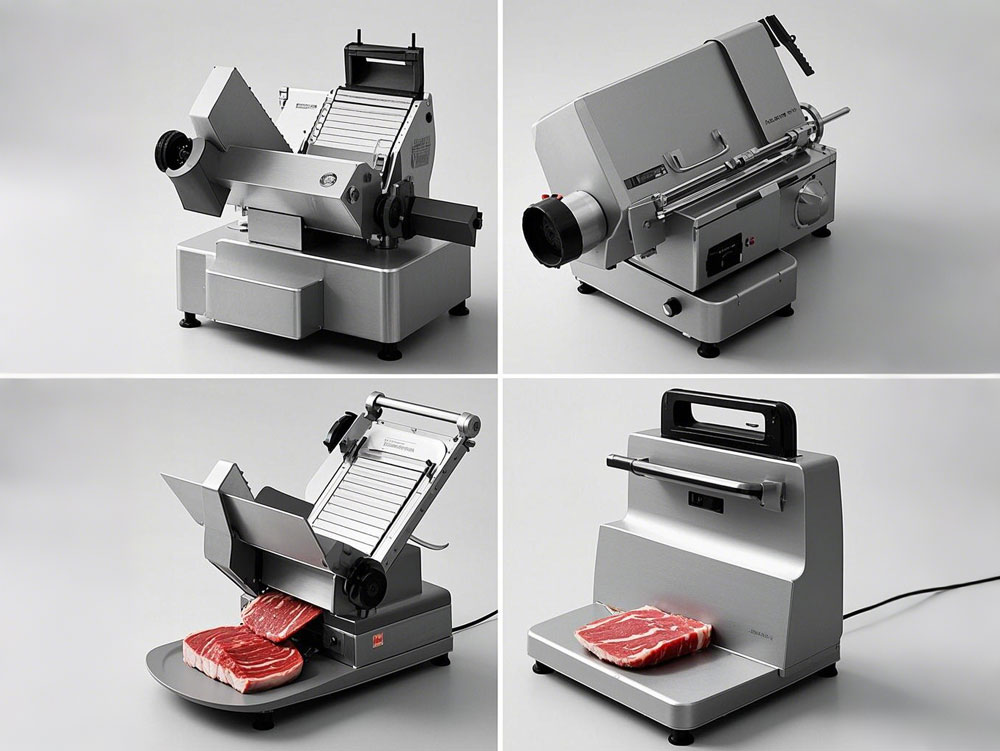
Why a High-Quality Meat Slicer is Essential for Your Business
When it comes to food preparation in commercial kitchens, precision, consistency, and speed are paramount. A high-quality meat slicer is not just a tool; it’s a game changer for businesses that rely on large quantities of meat slicing, whether it's for delis, restaurants, butcher shops, or catering services. The right slicer can make all the difference between an operation that runs smoothly and one that struggles with inefficiency. By investing in a top-tier machine, you're ensuring better product quality, streamlined processes, and a more professional operation.
Beyond the Blade: The Benefits of Investing in a Top-Notch Slicer
A high-quality meat slicer offers much more than just a sharp blade. Its precision, reliability, and durability provide several key advantages for any business involved in food processing or service. These machines are designed to endure the rigors of commercial kitchens, providing exceptional performance even under heavy daily use. With the right slicer, you ensure consistent portioning, reduce waste, and maintain a high standard of hygiene. Moreover, investing in a superior slicer enhances productivity, giving your staff more time to focus on other important tasks.
Saving Time and Money: The Efficiency Factor
Time is money, especially in a fast-paced kitchen or food production environment. A reliable meat slicer can save both by delivering quick, consistent results. High-quality slicers are engineered for efficiency, with fast cutting speeds and precise adjustments, which translates into fewer mistakes, less product waste, and a faster overall workflow. Over time, this efficiency will reduce labor costs and improve your bottom line, making the initial investment more than worthwhile.
Consistency is Key: Achieving Perfect Slices Every Time
Whether you’re slicing delicate prosciutto or hearty roast beef, consistency is crucial. A high-quality slicer ensures that every slice is uniform in thickness, resulting in products that look professional and maintain quality. This consistency is particularly important for products that need to be packed, weighed, or served in precise portions. By achieving uniform slices every time, you can enhance the overall presentation and improve customer satisfaction.
Enhancing Food Presentation: The Visual Appeal
In the culinary world, presentation plays a crucial role in how food is perceived. A well-sliced piece of meat not only enhances the visual appeal of a dish but also speaks volumes about the quality of the establishment. Meat slicers with adjustable thickness settings allow chefs to create elegant, thin slices or thicker cuts depending on the desired presentation. Whether it’s for charcuterie boards or a fine dining entrée, the right slicer ensures your meat looks as good as it tastes.
Types of Meat Slicers: Choosing the Right Tool for the Job
Not all meat slicers are created equal, and choosing the right type can make a significant impact on your operation. There are various models available, each designed for specific needs and preferences. Below is an overview of the types of meat slicers and what makes them unique.
Manual vs. Automatic: Which Slicer Suits Your Needs?
Manual meat slicers require a bit more muscle and attention. While they offer flexibility in terms of adjusting thickness and slicing techniques, they can be slower and more labor-intensive, making them better suited for smaller operations or those with limited slicing needs. On the other hand, automatic slicers are faster, require minimal supervision, and are ideal for high-volume operations. They feed the meat into the blade and complete the slicing process with precision, significantly improving efficiency.
Gravity Feed vs. Vertical Feed: Understanding the Differences
Gravity feed slicers operate with the natural force of gravity, allowing the meat to effortlessly fall into place for slicing. These slicers are typically more user-friendly and require less force to operate, making them a good choice for both small and medium-sized operations. Vertical feed slicers, however, are better suited for handling larger cuts of meat, offering more robust and efficient slicing capabilities. Understanding the difference will help you select the best slicer based on your specific needs.
Blade Size and Material: A Sharp Focus on Cutting Performance
The size and material of the blade play a critical role in the performance of the meat slicer. Larger blades are suitable for slicing through bigger cuts of meat, while smaller blades are designed for more delicate slicing. Material matters too—stainless steel is the preferred choice for its durability, resistance to corrosion, and ability to maintain a sharp edge. The right blade will not only improve cutting efficiency but also ensure cleaner, more precise slices.
Key Features to Consider When Buying a Meat Slicer
Motor Power: The Engine Behind the Slice
The motor power determines how efficiently and quickly a meat slicer operates. A powerful motor ensures that the slicer can handle high volumes of meat without slowing down. When purchasing a meat slicer, consider the motor size, as well as the operational speed it provides. A robust motor reduces the risk of motor burnout and helps maintain consistent performance even with tough cuts of meat.
Blade Sharpener: Keeping Your Edge
A built-in blade sharpener is a valuable feature that ensures the blade remains sharp and effective over time. Regular sharpening is essential for maintaining clean cuts, and an integrated sharpener saves you time and money by eliminating the need for external sharpening services. With this feature, you can keep your slicer in top condition without compromising its performance.
Ease of Cleaning and Maintenance: Hygiene First
Hygiene is paramount in any food processing operation. Look for slicers with smooth, easy-to-clean surfaces, removable parts, and automatic lubrication systems. A slicer that’s easy to clean and maintain will not only ensure safety and sanitation but also extend the lifespan of the machine. Simple cleaning processes can reduce downtime and keep your slicer operating at peak performance.
Safety Features: Protecting Your Team
Safety should never be overlooked. Top-quality meat slicers come equipped with safety features like blade guards, emergency stop buttons, and non-slip feet. These measures protect employees from potential injury while ensuring that the slicer remains stable during operation. When selecting a slicer, ensure it has these basic safety features to safeguard your team and your business.
Energy Efficiency: Reducing Operational Costs
With rising energy costs, energy efficiency has become an essential factor for many businesses. High-quality slicers are designed to minimize energy consumption while maintaining peak performance. By choosing an energy-efficient slicer, you can lower operational costs and contribute to a more sustainable environment without compromising the slicing quality.
Durability and Build Quality: Stainless Steel Construction
A durable meat slicer can withstand years of heavy use, and the material it’s made from plays a significant role in this. Stainless steel is the industry standard because of its strength, resistance to rust, and long-lasting durability. Investing in a slicer with robust build quality ensures that your equipment stands up to the demands of a commercial kitchen.
Choosing the Right Meat Slicer for Your Specific Needs
Consider Your Volume: How Much Slicing Will You Be Doing?
Before purchasing a meat slicer, assess your daily or weekly meat slicing volume. Larger operations or high-volume businesses, like delis or catering services, will require more powerful machines capable of handling large quantities quickly. For smaller businesses, a more compact slicer may suffice. Understanding your slicing demands ensures you invest in a model that meets your requirements.
Type of Meat: From Delicate Prosciutto to Hearty Roast Beef
The type of meat you plan to slice plays a crucial role in your slicer choice. For delicate items like prosciutto or ham, you’ll need a slicer with precise control and a fine blade. For tougher cuts like roast beef or bone-in meats, a more robust slicer with a larger motor and thicker blade is necessary. Be sure to match your slicer to the meat you process most frequently.
Budget Considerations: Investing Wisely
Meat slicers come in a wide range of price points, so understanding your budget is crucial. While it’s tempting to opt for a lower-cost option, investing in a high-quality slicer will provide greater long-term value through durability, efficiency, and reduced maintenance costs. Consider both your initial investment and the long-term savings when making a purchase.
Maintenance and Care Tips for Your Meat Slicer
Regular Cleaning: Preventing Bacteria Buildup
A clean slicer is a safe slicer. Regular cleaning not only ensures hygiene but also helps prevent bacterial contamination. Make sure to wipe down surfaces, sanitize removable parts, and clean the blade after each use. Establishing a cleaning routine will help maintain the integrity of your slicer and ensure compliance with health and safety standards.
Blade Sharpening: Maintaining Optimal Performance
A sharp blade is essential for consistent, clean cuts. While some slicers come with built-in sharpeners, others may require manual sharpening. Regular sharpening prevents the blade from becoming dull, ensuring that the slicer maintains its cutting power and produces perfect slices each time.
Troubleshooting Common Issues: Quick Fixes and Solutions
Even the best slicers can encounter issues from time to time. Common problems like uneven slicing, motor malfunctions, or a dull blade can often be fixed with a quick troubleshooting session. Having a basic understanding of your slicer’s operation can help you address minor issues before they lead to costly repairs.
Maximizing Your Investment: Getting the Most Out of Your Meat Slicer
Beyond Meat: Slicing Cheese, Vegetables, and More
A meat slicer isn't just for meat. Many slicers are versatile enough to handle a variety of foods, including cheese, vegetables, and bread. This multi-functionality can make your slicer even more valuable, helping you diversify your menu offerings while maintaining efficiency in your food preparation processes.
Creative Uses for Your Meat Slicer: Expanding Your Menu
In addition to traditional meats, consider using your slicer for other creative purposes. Thinly sliced vegetables for salads, cheeses for platters, or even fruits for garnish—all of these can be sliced with precision and ease, expanding the potential of your kitchen.
Frequently Asked Questions (FAQs)
1. What type of meat slicer should I choose for my business?
Choosing the right meat slicer depends on several factors, including the volume of meat you slice daily, the type of meat, and your available budget. For high-volume operations, an automatic slicer with a powerful motor and easy-to-clean features is ideal. If you slice a variety of meats, including delicate items like prosciutto, a slicer with adjustable thickness and a fine blade is essential. Consider whether a manual or automatic slicer best suits your business's needs, and remember that versatility can be a valuable asset.
2. How can I ensure the longevity of my meat slicer?
To maximize the lifespan of your meat slicer, regular maintenance is key. Clean the slicer thoroughly after each use to prevent bacterial buildup. Sharpen the blade periodically to maintain cutting precision, and lubricate the moving parts to reduce wear. It’s also important to inspect the motor and other components regularly to ensure they are in good working condition. Additionally, always use the slicer according to the manufacturer’s guidelines to prevent undue strain on the machine.
3. How often should I sharpen the blade of my meat slicer?
The frequency of blade sharpening depends on how often the slicer is used and the types of meat being processed. For businesses that use the slicer daily, it's recommended to sharpen the blade every few weeks or whenever you notice a decline in slicing performance. Some slicers come with built-in sharpening tools, while others may require manual sharpening. Regular sharpening ensures clean, precise slices and extends the lifespan of the blade.
4. Are manual meat slicers still effective in commercial kitchens?
Yes, manual meat slicers can still be effective in smaller commercial kitchens or businesses with lower slicing demands. They offer more control over the slicing process and are often more affordable than automatic models. However, they require more effort and time to operate, and the operator must remain attentive to avoid accidents. For high-volume settings, automatic slicers might be a better choice due to their speed and efficiency.
5. Can a meat slicer be used for slicing other foods besides meat?
Yes, many meat slicers are versatile enough to handle a variety of foods beyond meat. Depending on the blade type and the slicer’s design, you can use it to slice cheese, vegetables, bread, and even fruits. This multi-functionality is especially valuable for businesses like delis, restaurants, and catering services, where diverse food items need to be sliced quickly and consistently.
6. What are the safety features I should look for in a meat slicer?
Safety is a top priority when choosing a meat slicer. Look for features such as blade guards, emergency stop buttons, and non-slip feet to ensure stability during use. Some slicers also have safety switches that prevent the blade from operating unless all components are correctly positioned. Additionally, ensure the slicer is easy to clean and sanitize to minimize the risk of contamination.
7. How do I determine the right motor power for my slicer?
Motor power is essential for ensuring that the slicer can handle the volume of meat you process daily. For high-volume businesses, a motor with more horsepower (HP) is necessary to prevent overheating and ensure consistent cutting performance. If you only slice small amounts of meat occasionally, a less powerful motor may suffice. Generally, the motor power should align with the workload you expect, ensuring that the slicer can work efficiently without strain.
8. What are the signs that my meat slicer needs repair?
Common signs that your meat slicer may need repair include irregular slicing (such as uneven thickness), difficulty in adjusting blade settings, unusual noise during operation, or the motor not functioning correctly. If you notice any of these issues, it’s best to address them early to avoid further damage. Regular maintenance and prompt repairs will keep your slicer functioning at its best.
9. Can I use my meat slicer for frozen meat?
While some heavy-duty slicers are designed to handle frozen or semi-frozen meat, it’s generally not recommended to use a slicer on hard, frozen cuts unless specifically designed for that purpose. Slicing frozen meat can damage the blade and motor. Always check the manufacturer’s guidelines to ensure the slicer is equipped to handle frozen meat before attempting it.
10. Are there budget-friendly meat slicers that offer good quality?
Yes, there are budget-friendly meat slicers that still offer quality and durability, though they may not be as high-performing as premium models. For smaller businesses or those with less frequent slicing needs, manual slicers or basic automatic models can provide reliable performance without the high price tag. When purchasing a budget slicer, look for solid build quality, essential features like safety and ease of cleaning, and a good warranty to ensure your investment is protected.
11. How do I clean and sanitize my meat slicer properly?
Cleaning and sanitizing your meat slicer properly is crucial for food safety. After each use, disassemble the slicer and clean all parts that come into contact with meat. Wipe down the slicer with a mild detergent and warm water to remove grease, blood, and other residues. Use a disinfectant that is safe for food contact surfaces to sanitize the blade, carriage, and other components. Regular cleaning prevents contamination and ensures the slicer maintains peak performance.
12. Can I use a meat slicer for slicing deli meat?
Absolutely. A meat slicer is ideal for slicing deli meats, as it provides the precision needed for thin, uniform slices. Whether you are preparing cold cuts, prosciutto, or salami, a high-quality slicer ensures each slice is clean and professional. Adjustable thickness controls allow you to tailor the slices to your desired specifications, which is especially important in a deli setting where presentation and consistency matter.
13. Is there a significant difference between commercial and home meat slicers?
Yes, there is a notable difference between commercial and home meat slicers. Commercial meat slicers are built for higher volumes, with more powerful motors, stronger construction, and better durability. They are designed to withstand the demands of busy kitchens and food processing environments. Home slicers, on the other hand, are typically smaller, less powerful, and designed for lighter, occasional use. For businesses that require frequent slicing, a commercial slicer is the better option.
Conclusion: The Final Slice – Making the Right Choice for Your Kitchen
The right meat slicer is more than just an essential tool; it’s an investment in the quality and efficiency of your business. By choosing a slicer that matches your needs, you ensure consistent, professional results every time. Whether you’re serving a high-volume establishment or a more intimate setting, the perfect meat slicer will save you time, improve your product presentation, and ultimately contribute to your business’s success.
Must-Read Blogs For Chain Restaurants Owner




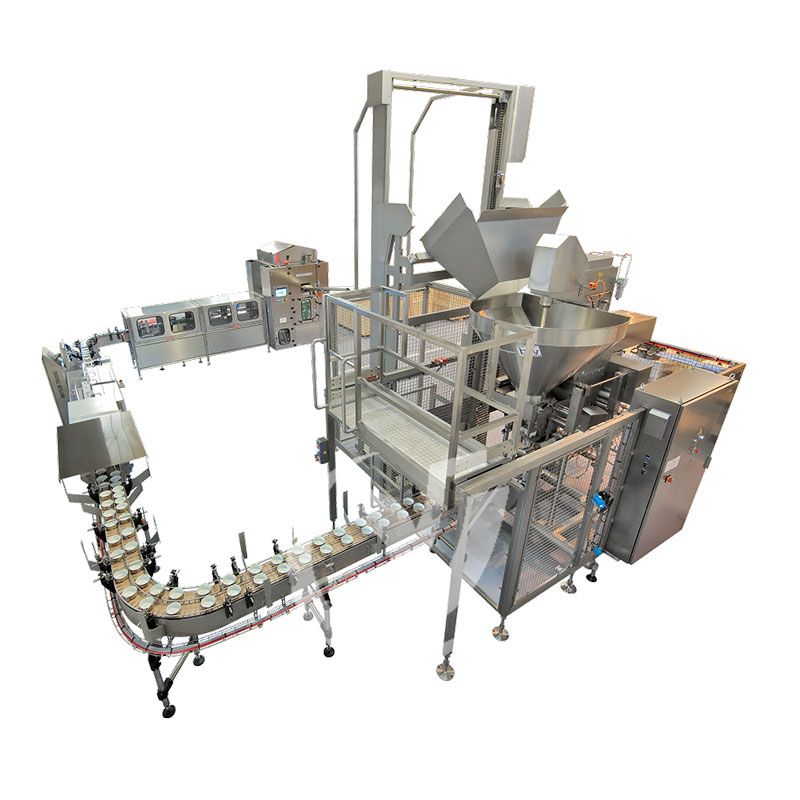


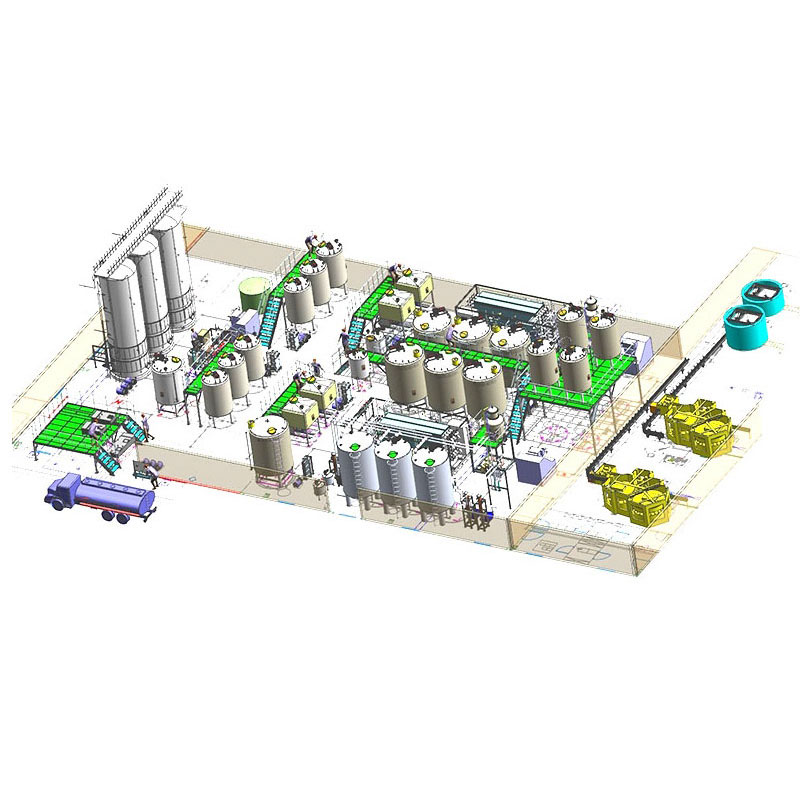


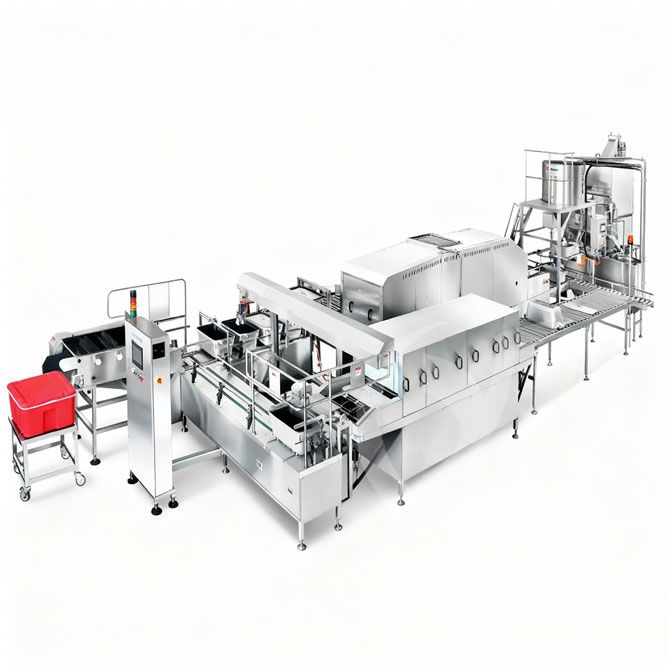
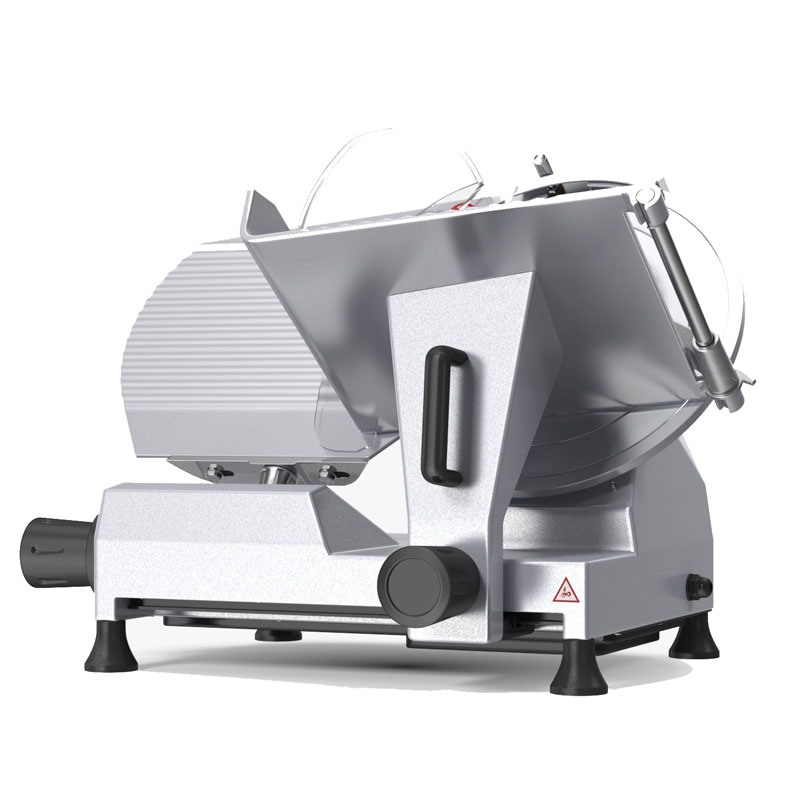 Heavy Duty Meat Slicer Machine
Heavy Duty Meat Slicer Machine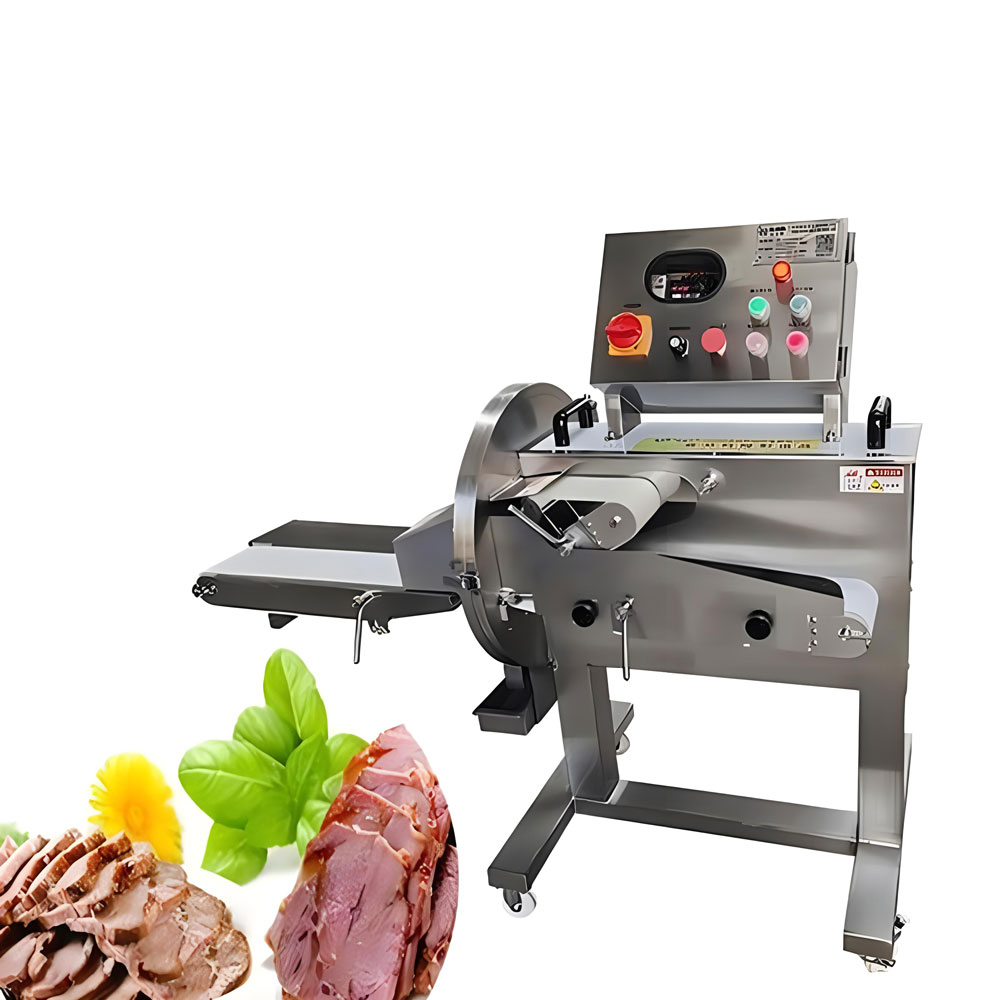 Electric Cooked Meat Slicer
Electric Cooked Meat Slicer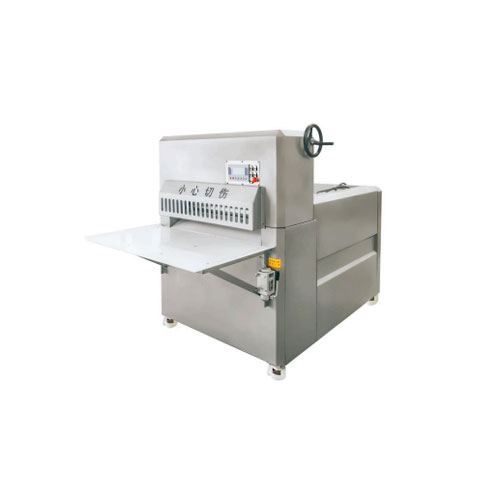 Frozen Meat Slicer
Frozen Meat Slicer
Ready to Get Started?